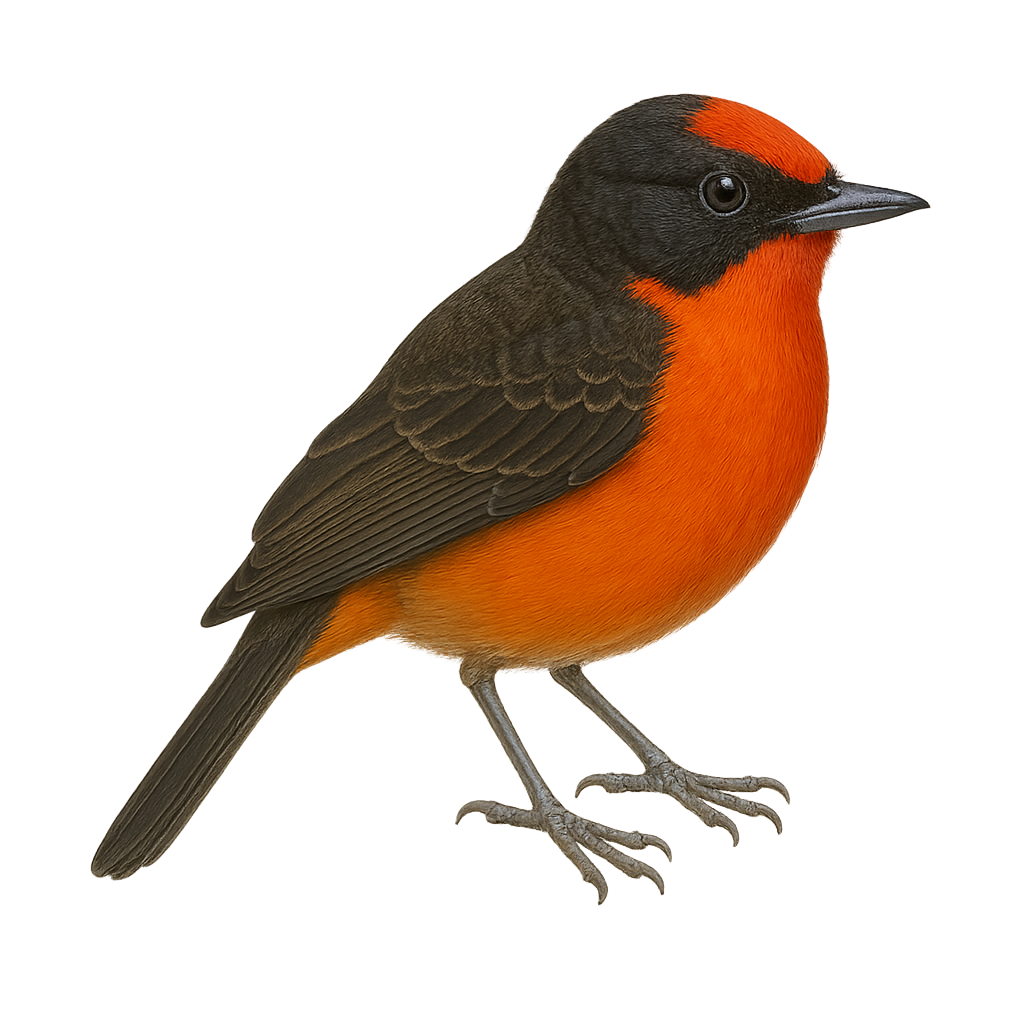Your wildlife photography guide.
Explore the crimson finch in detail, study its behavior, prepare your shots.
Where to observe and photograph the crimson finch in the wild
Learn where and when to spot the crimson finch in the wild, how to identify the species based on distinctive features, and what natural environments it inhabits. The WildlifePhotographer app offers tailored photography tips that reflect the crimson finch’s behavior, helping you capture better wildlife images. Explore the full species profile for key information including description, habitat, active periods, and approach techniques.
Crimson Finch
Scientific name: Rhodospingus cruentus

IUCN Status: Least Concern
Family: THRAUPIDAE
Group: Birds
Sensitivity to human approach: Suspicious
Minimum approach distance: 10 m
Courtship display: March to April
Incubation: 13-15 jours
Hatchings: March to April
Habitat:
Tropical forests, subtropical forests, shrub areas
Activity period :
Primarily active during the day, with peak activity in the morning and late afternoon.
Identification and description:
The Crimson Finch, or Rhodospingus cruentus, is a bird from the Thraupidae family, known for its striking plumage. Males display a vivid red color on their head and body, contrasting with black wings and tail, while females have duller, often brownish tones. This bird measures about 13 cm in length and weighs between 15 and 20 grams. It is mainly found in tropical and subtropical moist forests, as well as dense shrub areas. The Crimson Finch is a sociable bird, often seen in small groups. Its diet consists mainly of fruits, seeds, and insects. Although its conservation status is currently "least concern", deforestation poses a threat to its natural habitat.
Recommended lens:
400 mm – adjust based on distance, desired framing (portrait or habitat), and approach conditions.
Photography tips:
To photograph the Crimson Finch, it is advisable to use a 400 mm lens or longer to capture the details of its striking plumage without disturbing it. Opt for early morning or late afternoon hours when the light is soft to achieve vivid and natural colors. Be patient and discreet, as this bird can be suspicious. A tripod can be helpful to stabilize your camera, especially if using a heavy telephoto lens. Try to blend into the environment by wearing neutral-colored clothing to avoid scaring the bird.
The WildlifePhotographer App is coming soon!
Be the first to explore the best nature spots, track rutting seasons, log your observations, and observe more wildlife.
Already 1 430 wildlife lovers subscribed worldwide

